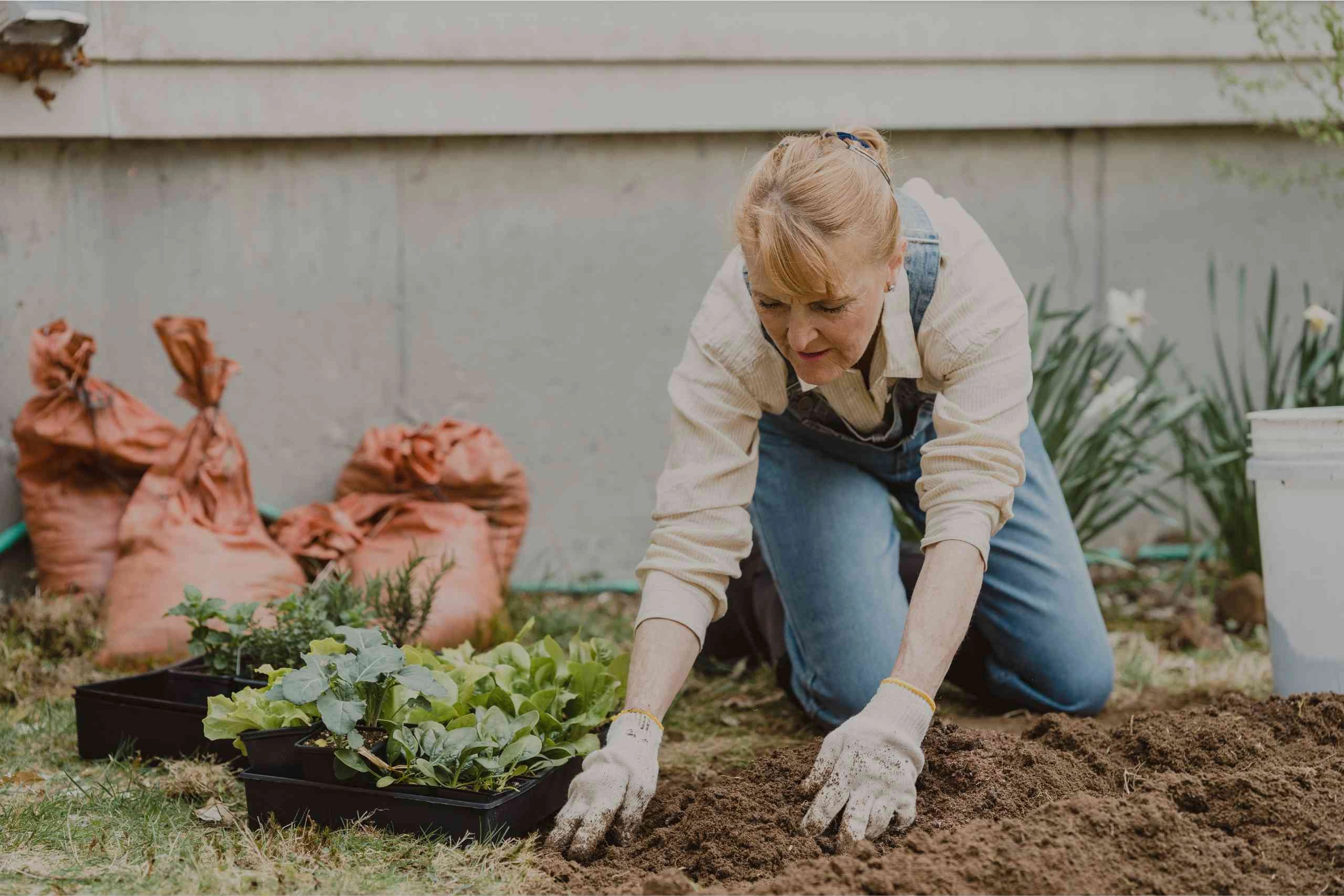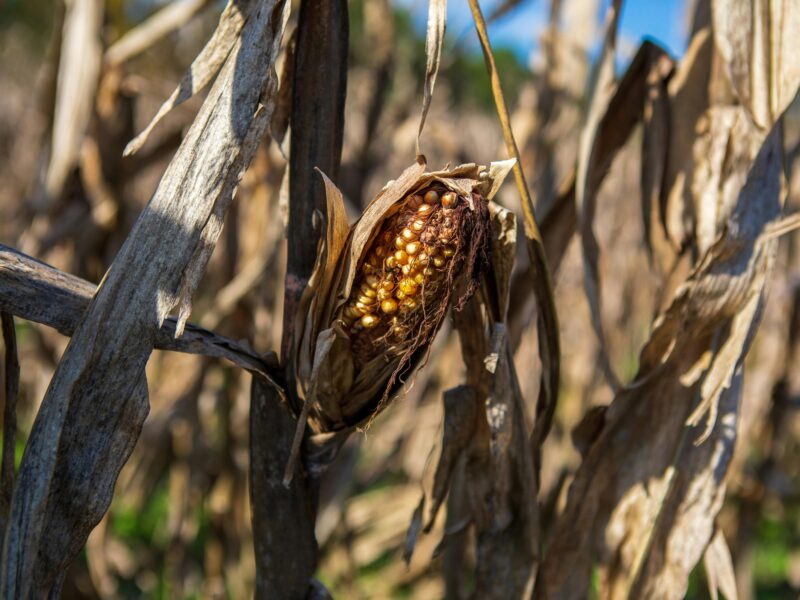Gardening is a rewarding hobby that brings you closer to nature, provides fresh produce, and beautifies your surroundings. Whether you’re a seasoned gardener or just starting, the secret to a flourishing garden lies in understanding the basics of plant care. From selecting the right soil to ensuring your plants get the right amount of sunlight, every detail counts. In this blog post, we’ll share the top 10 gardening tips to help your plants thrive and turn your garden into a lush, vibrant space.
1. Know Your Soil: The Foundation of a Healthy Garden
The first step to successful gardening is understanding your soil. Soil quality directly affects plant health, so it’s essential to know what type of soil you’re working with and how to improve it.
Tips for Understanding and Improving Your Soil:
- Test Your Soil: Start by testing your soil’s pH and nutrient levels. You can purchase a soil testing kit or send a sample to a local extension service. Knowing your soil’s pH helps you choose plants that will thrive in your garden and identify any nutrient deficiencies that need to be addressed.
- Amend Your Soil: Depending on the test results, you may need to amend your soil. Add compost or organic matter to improve soil structure, increase nutrient content, and enhance water retention. For acidic soils, lime can be added to raise the pH, while sulfur can lower the pH in alkaline soils.
Pro Tip: Regularly adding compost to your garden is one of the best ways to maintain healthy soil. Compost enriches the soil with nutrients, improves drainage, and encourages beneficial microbial activity.
2. Choose the Right Plants for Your Climate
Understanding your local climate is crucial when selecting plants for your garden. Different plants thrive in different environments, so it’s essential to choose species that are well-suited to your region’s temperature, humidity, and rainfall patterns.
Tips for Choosing Climate-Suitable Plants:
- Know Your Hardiness Zone: The USDA Hardiness Zone Map divides regions based on their average minimum winter temperatures. Knowing your zone will help you select plants that can withstand your area’s coldest temperatures.
- Consider Microclimates: Within your garden, there may be microclimates—areas with slightly different conditions, such as more shade or wind protection. Take advantage of these microclimates by planting species that match these specific conditions.
Pro Tip: Native plants are often the best choice for your garden because they are adapted to the local climate and soil. They also support local wildlife and require less maintenance.
3. Sunlight Matters: Ensure Your Plants Get the Right Amount of Light
Sunlight is one of the most critical factors in plant growth. Without sufficient light, plants cannot photosynthesize effectively, leading to weak growth and poor flowering or fruiting.
Tips for Managing Sunlight in Your Garden:
- Observe Sun Patterns: Spend time observing how sunlight moves across your garden throughout the day. This will help you identify areas that receive full sun (6+ hours), partial sun/shade (3-6 hours), and full shade (less than 3 hours).
- Group Plants by Light Needs: Once you’ve mapped out your garden’s sun exposure, group plants with similar light requirements together. This ensures that each plant gets the optimal amount of light for its growth.
Pro Tip: If your garden doesn’t get much natural light, consider using reflective surfaces, such as white walls or mirrors, to direct more light onto your plants.
4. Water Wisely: Hydrate Your Plants Without Overdoing It
Proper watering is essential for plant health, but it’s also one of the areas where gardeners often make mistakes. Both overwatering and underwatering can harm your plants, so it’s important to find the right balance.
Tips for Effective Watering:
- Check Soil Moisture: Before watering, check the soil moisture by sticking your finger about an inch into the soil. If it feels dry at this depth, it’s time to water. If it’s still moist, hold off on watering.
- Water in the Morning: Watering in the early morning allows moisture to soak into the soil before the day’s heat causes evaporation. It also gives plants time to dry before nightfall, reducing the risk of fungal diseases.
- Use Mulch: Mulch helps retain soil moisture, reducing the need for frequent watering. It also helps regulate soil temperature and suppresses weeds.
Pro Tip: Deep watering encourages plants to develop strong, deep roots. Water your garden thoroughly but less frequently to promote deep root growth.
5. Feed Your Plants: Understanding Fertilization
Plants need nutrients to grow, and while your soil provides some of these, regular fertilization helps ensure your plants have everything they need to thrive.
Tips for Fertilizing Your Garden:
- Choose the Right Fertilizer: There are many types of fertilizers available, including organic options like compost, manure, and fish emulsion. Choose a fertilizer that matches your plants’ specific needs, such as one high in nitrogen for leafy greens or phosphorus for flowering plants.
- Follow the Instructions: Over-fertilizing can be just as harmful as under-fertilizing. Always follow the instructions on the fertilizer package, and avoid applying more than recommended.
Pro Tip: Slow-release fertilizers are a great option for gardeners who want to reduce the frequency of fertilization. These fertilizers gradually release nutrients over time, providing a steady supply for your plants.
6. Prune Regularly: Encourage Healthy Growth and Blooming
Pruning is an essential gardening practice that helps maintain plant health, shape, and productivity. Regular pruning encourages new growth, improves air circulation, and prevents the spread of diseases.
Tips for Pruning Your Plants:
- Use the Right Tools: Invest in quality pruning shears, loppers, and saws. Sharp tools make clean cuts, reducing the risk of damaging your plants.
- Prune at the Right Time: The best time to prune depends on the type of plant. For example, prune flowering shrubs immediately after they bloom, and prune fruit trees in late winter or early spring before new growth starts.
Pro Tip: Remove dead, damaged, or diseased branches first, then focus on shaping the plant and thinning out overcrowded areas to improve air circulation.
7. Control Pests Naturally: Protect Your Garden Without Harmful Chemicals
Pests are a common challenge in gardening, but you don’t have to rely on harsh chemicals to protect your plants. There are many natural methods for controlling pests that are safe for your garden and the environment.
Tips for Natural Pest Control:
- Encourage Beneficial Insects: Ladybugs, spiders, and predatory beetles are natural pest controllers. Attract these beneficial insects by planting flowers and herbs they love, such as marigolds, dill, and yarrow.
- Use Companion Planting: Some plants naturally repel pests. For example, planting basil near tomatoes can help deter aphids, while marigolds can repel nematodes.
- Hand-Pick Pests: For larger pests like slugs and caterpillars, hand-picking is an effective control method. Remove them from your plants in the early morning or late evening when they are most active.
Pro Tip: Neem oil and insecticidal soap are effective natural treatments for controlling a wide range of garden pests. Apply these treatments as needed, following the instructions carefully.
8. Mulch Wisely: Improve Soil Health and Reduce Maintenance
Mulching is one of the most beneficial practices you can implement in your garden. It helps conserve soil moisture, suppress weeds, and improve soil health over time.
Tips for Mulching:
- Choose the Right Mulch: Organic mulches, such as straw, wood chips, and leaves, decompose over time, adding nutrients to the soil. Inorganic mulches, like gravel or black plastic, don’t decompose but can be useful in certain situations, such as for pathways or controlling weeds in vegetable gardens.
- Apply the Right Amount: A 2-3 inch layer of mulch is usually sufficient. Too little mulch won’t be effective, while too much can smother plants and prevent water from reaching the roots.
Pro Tip: Keep mulch a few inches away from the base of plants to prevent rot and discourage pests.
9. Rotate Crops: Prevent Soil Depletion and Pests
Crop rotation is an age-old gardening practice that involves planting different types of crops in different areas of your garden each year. This helps prevent soil depletion, reduces the buildup of pests and diseases, and improves soil health.
Tips for Effective Crop Rotation:
- Group Plants by Family: Rotate crops based on plant families. For example, follow a year of planting tomatoes, peppers, and eggplants (nightshade family) with beans or peas (legume family), which can fix nitrogen in the soil.
- Plan Ahead: Keep a garden journal to track where you plant each crop each year. This will help you plan your rotations and ensure you’re not planting the same crops in the same spot each year.
Pro Tip: Include cover crops in your rotation plan. Cover crops like clover or rye can improve soil fertility, reduce erosion, and suppress weeds during the off-season.
10. Enjoy the Process: Gardening is About More Than Just Results
While it’s rewarding to see your garden flourish, remember that gardening is also about enjoying the process. Take time to appreciate the beauty of nature, the satisfaction of growing your own food, and the therapeutic benefits of working in the garden.
Tips for Enjoying Your Gardening
Journey:
- Set Realistic Goals: Gardening is a learning process, and not every plant will thrive. Set realistic goals and be patient with yourself as you develop your gardening skills.
- Connect with Other Gardeners: Join a local gardening club or online community where you can share tips, ask questions, and celebrate your successes with fellow gardeners.
- Take Time to Relax: Don’t forget to enjoy your garden! Create a comfortable seating area where you can relax, read a book, or simply enjoy the sights and sounds of your thriving garden.
Pro Tip: Keep a garden journal to document your successes, challenges, and ideas for the future. This can be a great way to track your progress and reflect on your gardening journey.
Gardening is a rewarding and fulfilling hobby that allows you to connect with nature and create a beautiful, productive space. By following these top 10 gardening tips, you can ensure that your plants thrive, and your garden flourishes year after year. Whether you’re growing flowers, vegetables, or herbs, these tips will help you achieve a healthy, vibrant garden that you can enjoy for years to come.
Remember, gardening is a journey of discovery and learning. Don’t be afraid to experiment, try new things, and embrace the process. With patience, care, and attention to detail, you’ll soon find that your garden is not only a source of beauty and nourishment but also a reflection of your hard work and dedication.
Happy gardening!


